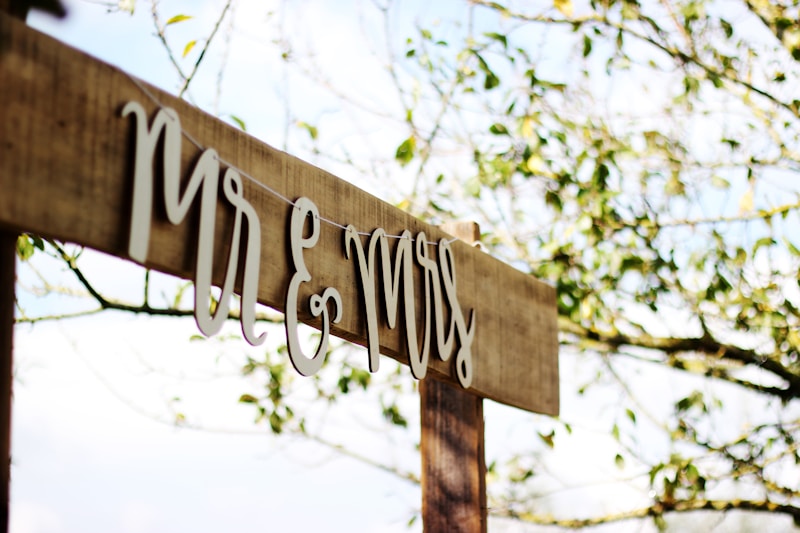Exploring Alternative Wedding Dress Traditions Around the World
In the world of weddings, the traditional white dress has long been a symbol of purity and innocence, particularly in Western cultures. However, as society evolves and personal expression takes precedence, many couples are seeking alternative wedding dress traditions that reflect their unique identities and backgrounds. This article delves into various alternative wedding dress traditions from around the globe, highlighting how love and creativity blossom beyond the confines of conventional attire.
Understanding Alternative Wedding Dress Traditions
Alternative wedding dress traditions encompass a wide range of styles, colors, and cultural practices that differ from mainstream norms. Whether through culturally significant fabrics or unique design elements, these traditions offer couples a chance to express their individuality on their special day. With that in mind, let's explore some remarkable methods that couples are adopting for their wedding attire.
1. Colorful Attires: Breaking Away from White
Many cultures around the world embrace vibrant colors for wedding dresses. In countries like India, brides often wear elaborate, colorful lehengas adorned with intricate embroidery. Shades of red, green, and gold symbolize prosperity and joy, moving away from the Western tradition of white.
Table: Popular Colors in Wedding Attires Around the Globe
| Country | Popular Dress Color | Symbolism |
| India | Red, Green | Prosperity, Joy |
| China | Red | Happiness, Good Fortune |
| Nepal | Red, Blue | Wealth, Harmony |
| South Korea | Hanbok (variety of colors) | Cultural Identity |
2. Cultural Significance: Drawing from Heritage
Couples are increasingly choosing to wear traditional garments that signify their cultural heritage. The Nepali Gunyo Cholo is a popular choice for brides, showcasing intricate craftsmanship and traditional designs. Similarly, in Japan, the Kimono represents grace and elegance, often worn by brides during Shinto ceremonies.

3. Non-Traditional Fabrics: Fabrics that Tell a Story
Innovation in fabric choices is another hallmark of alternative wedding dress traditions. Many couples opt for non-conventional materials like denim, tulle, or even recycled fabrics to create a distinctive look that strays from the norm. For instance, a bride in a tailored denim jacket paired with a flowing tulle skirt captures a perfect blend of casual and chic, while expressing sustainability and fashion-forward thinking.
4. Vintage and Retro Styles: Nostalgic Charm
Vintage and retro wedding dresses have surged in popularity as couples embrace nostalgia and seek to add character to their weddings. Styles from the 1920s flapper dresses to 1970s bohemian influences speak volumes about personal style, allowing brides to embody different eras while celebrating their special day.
5. Themed Weddings: Dress to Impress
Themed weddings offer yet another stage for alternative wedding dress creativity. From whimsical fairy-tale themes to rock-and-roll aesthetic, couples are crafting enchanting experiences where their attire complements the festivities. For example, a steampunk wedding might feature brides in corseted gowns adorned with gears and metal accents—a showstopper for any alternative wedding.
6. Accessibility and Inclusivity: Dresses for Everyone
As discussions around inclusivity continue, the wedding industry sees a commendable trend toward accessibility in alternative wedding dress traditions. Designers are now offering customizable dresses that cater to various body types, ensuring that all brides can find an outfit that makes them feel beautiful. Many brands now prioritize size inclusivity, producing fashionable options for fuller figures and other diverse bodies.
7. Sustainable Practices: Eco-Friendly Dresses
With increasing awareness about environmental impact, sustainable wedding attire has garnered interest. From using organic fabrics to creating dresses from upcycled materials, eco-conscious brides are making informed choices. Brands are stepping up to offer eco-friendly alternatives, ensuring that their special day is not only memorable but also kind to the planet.
8. Modern Minimalism: Less is More
For some couples, the allure of modern minimalism resonates deeply. Simple, elegant dresses featuring clean lines, understated silhouettes, and neutral colors are gaining traction. This minimalist approach emphasizes sophistication while allowing the couple's love story to take center stage.
Frequently Asked Questions (FAQs)
1. What are some alternative wedding dress colors besides white?
Some popular alternatives include red, blush, champagne, and even prints or bold colors like blue or green. Each color can hold personal significance or cultural meaning.
2. Can grooms participate in alternative wedding attire?
Absolutely! Grooms can wear colorful suits, suspenders, or casual attire, depending on the wedding theme. The focus should be on expressing individual style.
3. Are alternative wedding dresses appropriate for formal weddings?
Yes, alternative wedding dresses can be designed to suit formal occasions, often embellished with luxurious fabrics and intricate details to elevate their elegance.
4. How can I incorporate cultural elements into my wedding dress?
You can choose fabrics, colors, and styles that resonate with your cultural background. Collaborating with a designer familiar with your culture can help bring your vision to life.
Conclusion: The Beauty of Individual Expression
Alternative wedding dress traditions serve as a canvas for couples to express their identities, embrace their cultures, and challenge societal norms. As the landscape of weddings continues to transform, these non-traditional approaches empower couples to make choices that resonate with their values. Whether opting for colorful fabrics, vintage styles, or sustainability, the core of every wedding dress should ultimately reflect the love story it represents.
When considering alternative wedding dress traditions, remember that the most important aspect is embracing who you are and making the day that you and your partner have envisioned for yourselves. Happy planning!